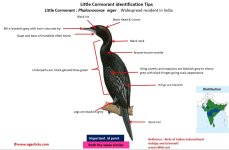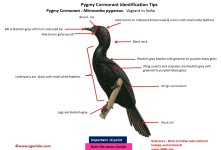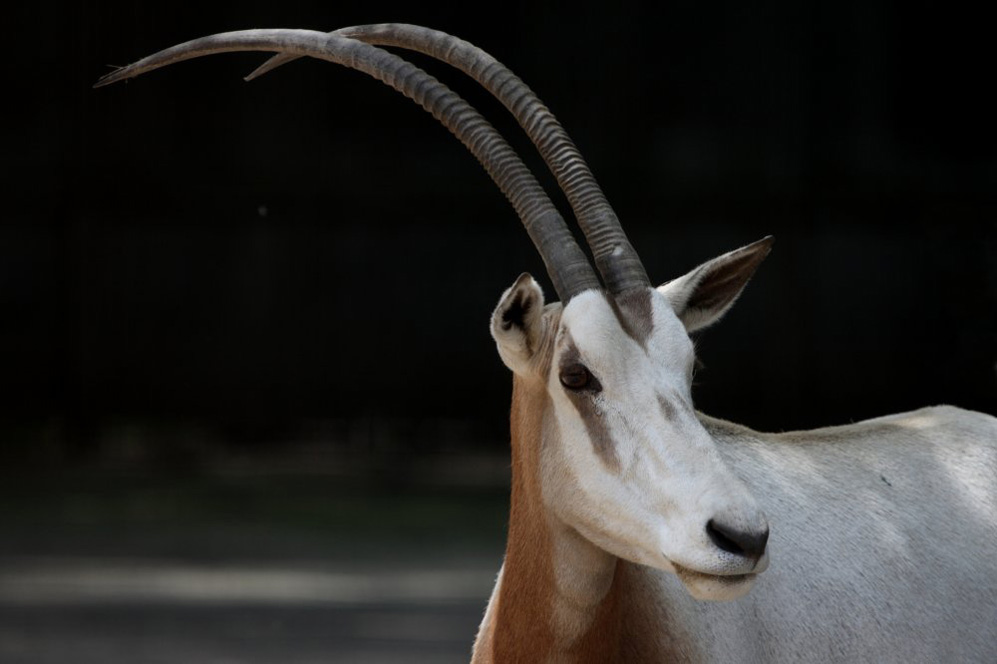earlytorise
Well-known member
Possible question, in case one ventures into the range of the other.
I can't find a definitive answer.
Birds of the World has a discussion of this, but heavily qualified with words of non-certainty:
"Recalls other small, long-tailed cormorants, being very like M. pygmaeus in size, structure and plumage, but perhaps slimmer-bodied and slightly larger-headed, pattern on scapulars and wing-coverts usually more noticeable, crest often invisible, lores often paler and horn tip to bill of breeders can also be useful; non-breeding adult often more evenly blackish except throat, juveniles usually dark on abdomen, lacking contrast with upper breast, and white throat usually more sharply demarcated from brown neck; iris and facial skin colours provide useful separation from similar species."
I can't find a definitive answer.
Birds of the World has a discussion of this, but heavily qualified with words of non-certainty:
"Recalls other small, long-tailed cormorants, being very like M. pygmaeus in size, structure and plumage, but perhaps slimmer-bodied and slightly larger-headed, pattern on scapulars and wing-coverts usually more noticeable, crest often invisible, lores often paler and horn tip to bill of breeders can also be useful; non-breeding adult often more evenly blackish except throat, juveniles usually dark on abdomen, lacking contrast with upper breast, and white throat usually more sharply demarcated from brown neck; iris and facial skin colours provide useful separation from similar species."







